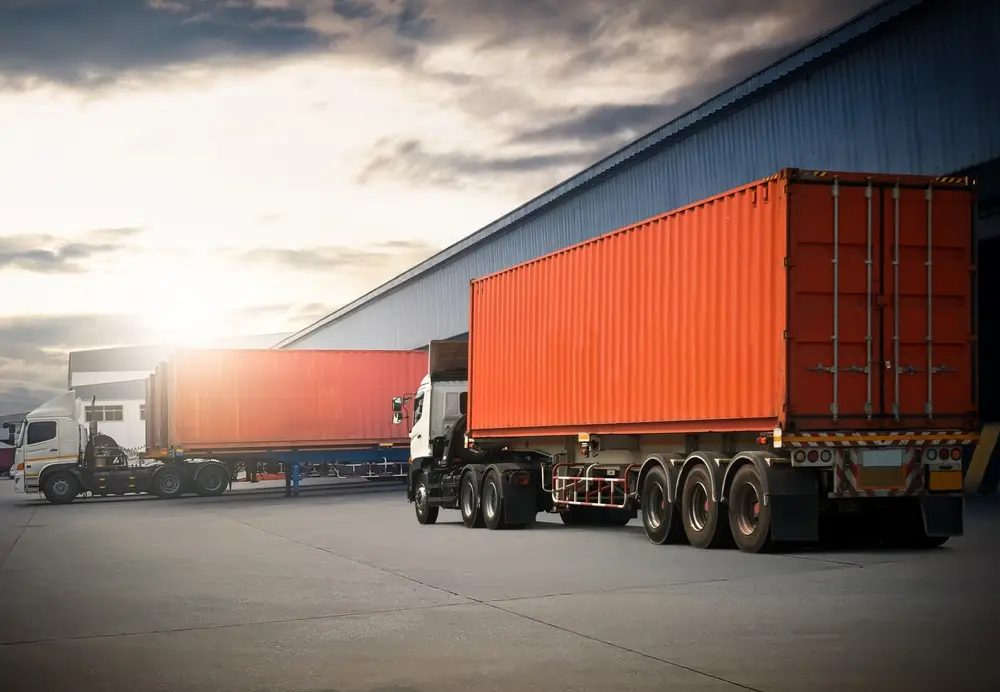Route planning in road freight transport is a fundamental procedure to ensure shipments are carried out as efficiently as possible. The process involves creating a route map that each vehicle must follow to reach its destination within the set time.
How to Achieve Good Route Planning in Road Freight Transport
To achieve this, several factors need to be considered, such as the characteristics of the order, the distance to be covered, the type of vehicle, road conditions, or compliance with regulations. The complexity involved in today’s route planning for road freight transport requires the use of specialized software, which analyses all variables to provide a solution that optimally utilizes available resources.

What Elements Should Be Considered in Route Planning for Road Freight Transport?
The goal of route planning in road freight transport is for the customer’s needs to be satisfied by delivering their products to a specified place and time, and in perfect condition. This is why experience and knowledge in the sector are crucial to offer the best service, and Startrans is your partner in international trade.
To define optimal routes, the following aspects must be considered:
- Detailed information about the departure distribution centre and the distance to the destination.
- Order details: special characteristics, documentation, delivery schedules.
- Vehicle types: physical characteristics, dimensions, load capacity, departure and arrival times.
- Regulations: compliance with the laws of each region and community regulations is mandatory to ensure driver safety, such as driving and rest times, and environmental protection, among other aspects.
- Road infrastructure conditions: it’s essential to consider potential access restrictions for each route, whether there are tolls, construction works, or weather-related disruptions.
Different Freight Transport Modalities in Road Freight Transport
A critical aspect of route planning in road freight transport is the load modality. Depending on the customer’s needs, destination, and order characteristics, the following options are available:
Full Truck Load (FTL)
Exclusive cargo space on the truck for a single client. This minimizes transit times.
Less than Truckload (LTL)
The order shares space with goods from other clients, which reduces transportation costs.
International Groupage
For fixed routes, even to destinations outside Europe, this is the best option when sharing shipments with other clients.
Special Cargo
Vehicles that transport hazardous goods or those requiring temperature control must have specific characteristics.
Milk Run Logistics
This modality is suitable for companies with multiple suppliers who need to receive various goods in a single shipment.
What Advantages Does Route Planning in Road Freight Transport Provide?
Today, given the complexity of supply chains, investing in the right resources to develop proper route planning for road freight transport is essential. Some of the benefits achieved through route planning include:
Optimization of transportation costs
From tolls to vehicle maintenance, including rationalizing fuel consumption expenses.
Tight delivery times
Good route planning allows for meeting agreed delivery times and, therefore, building customer loyalty.
Improved safety
Route planning and tracking technology ensures the integrity of the cargo and the safety of workers.
Sustainability
Efficient route planning reduces unnecessary trips and helps decrease harmful emissions.
If you would like assistance in planning your shipments via road transport, both national and international, contact Startrans, and we’ll provide you more information.